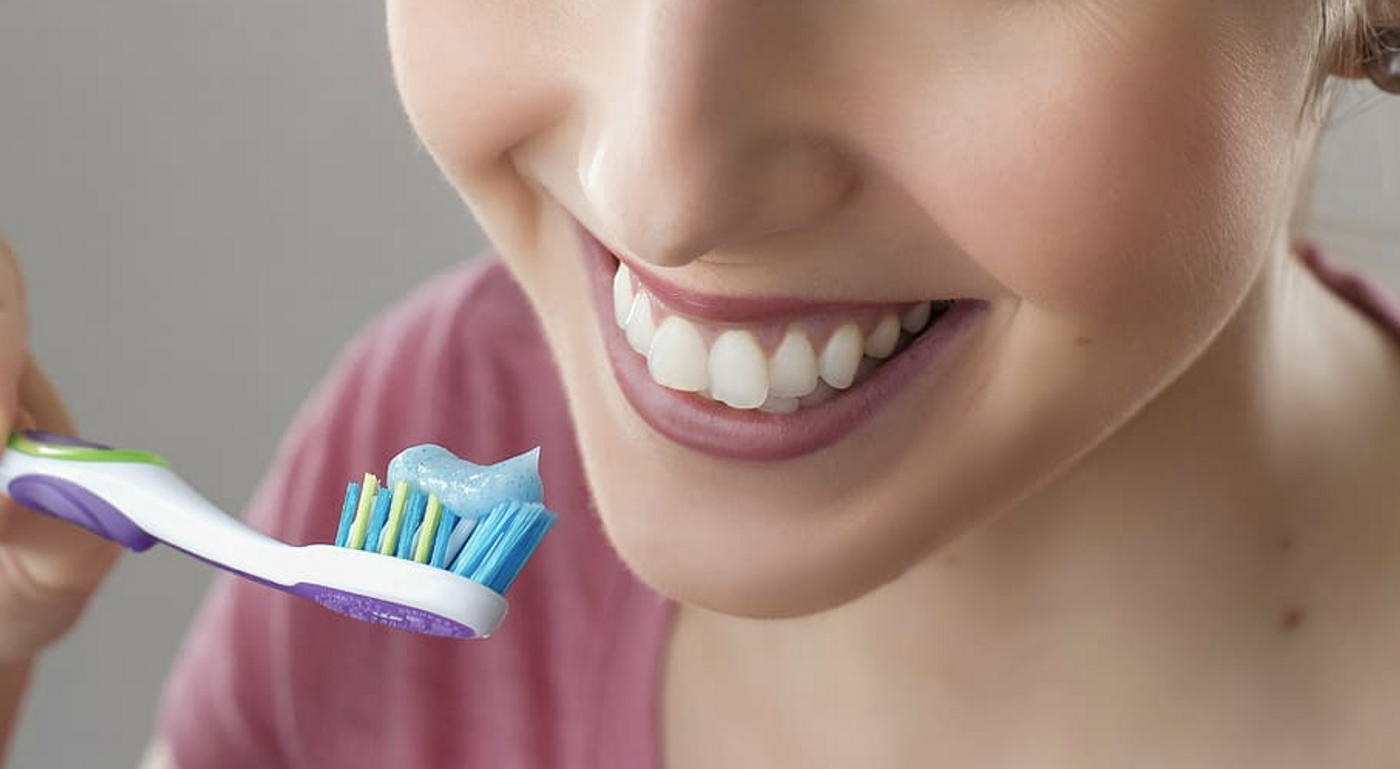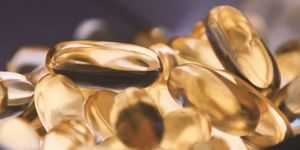Understanding How Cold-Induced Tooth Pain Happens
Our teeth do a lot of work, and they may become sensitive to cold as the gums erode due to aging or because they have an untreated cavity (another reason why taking proper precautions and proactively seeking the correct dental treatments is important).. Cancer patients receiving chemotherapies that utilize platinum may also become extremely sensitive to cold in general. Scientists have now learned more about cells called odontoblasts that give rise to a shell underneath the enamel of teeth called dentin. Dentin contains dental pulp, where there are nerves and blood vessels. The findings have been reported in Science Advances.
"We found that odontoblasts, which support the shape of the tooth, are also responsible for sensing cold," said one of the co-senior study authors, pathologist Jochen Lennerz, M.D., Ph.D., medical director of the Center for Integrated Diagnostics at Massachusetts General Hospital (MGH). "This research contributes a new function to this cell, which is exciting from a basic-science standpoint. But we now also know how to interfere with this cold-sensing function to inhibit dental pain."
Oxaliplatin is a chemotherapy drug that may cause cold dysesthesia, and this cold sensitivity can be severe. "A breeze on the face registers as extreme pain in the teeth, which may even cause some patients to stop therapy," Lennerz explained.
It's been challenging to study pain in the teeth in part because teeth are so hard; the tissue is difficult to sample. In this research, a mouse model was used in which their molars were drilled under anesthesia, which causes them to drink 300 percent more sugar water than mice without drilled molars. Previous work has indicated that TRPC5, a gene that expresses the TRPC5 protein in many nerves, is involved in the sensation of pain caused by cold.
When mice lack a TRPC5 gene, they do not exhibit the same excessive drinking behaviors when their molars are drilled.
"We now have definitive proof that the temperature sensor TRPC5 transmits cold via the odontoblast and triggers nerves to fire, creating pain and cold hypersensitivity," said Lennerz. "This cold sensitivity may be the body's way to protect a damaged tooth from additional injury."
When stimulated by cold, TRPC5 opens channels in odontoblast membranes. When these channels open, other molecules including calcium enter the cell and cause other effects. Inflammation caused by cavities increases the level of TRPC5, so the signaling from the inflamed tooth to the brain is increased. When gums recede as we age, odontoblasts may begin sensing pain in newly exposed areas. Therefore, in both situations, the brain feels more pain when the tooth experiences cold.
"Most cells and tissues slow their metabolism in the presence of cold, which is why donor organs are put on ice," said Lennerz. "But TRPC5 makes cells more active in cold, and the odontoblasts' ability to sense cold via TRPC5 makes this discovery so exciting."
The scientists also connected the old-fashioned tooth-pain remedy of clove oil to TRPC5; the active ingredient in clove oil is eugenol, which can block TRPC5. Though some toothpaste is made with eugenol, this research suggests that it could be useful in more potent forms as a treatment for severe cold sensitivity, such as what cancer patients on platinum compounds experience.
"I'm excited to see how other researchers will apply our findings," said Lennerz.
Sources: AAAS/Eurekalert! via Massachusetts General Hospital, Science Advances









